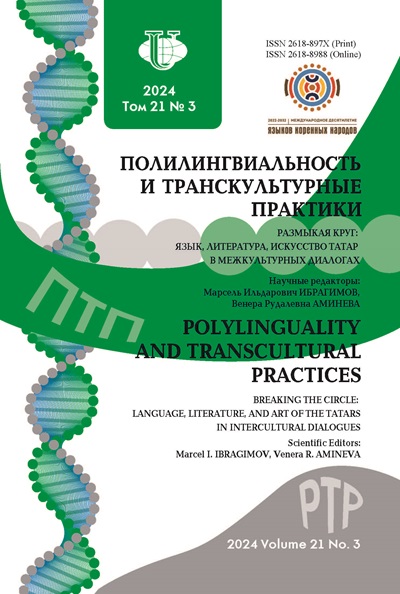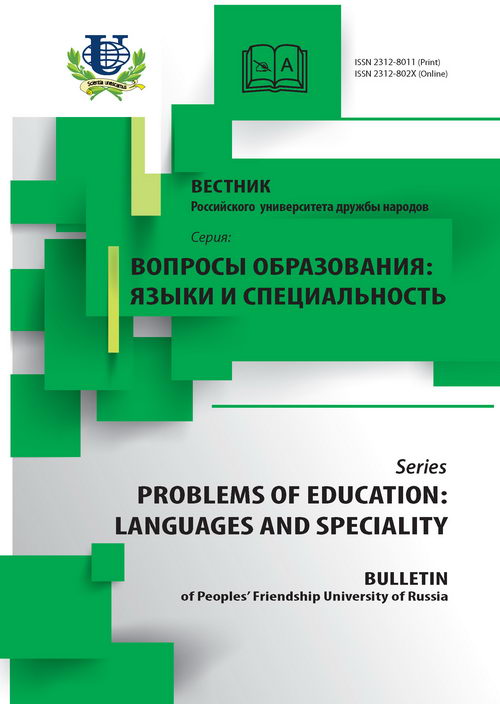FOREIGNISMS AND POLY-LEXEMES IN TERMS OF BILINGUALISM AND LANGUAGE CONTACTS
- Authors: Krasina EA1
-
Affiliations:
- Peoples’ Friendship University of Russia
- Issue: No 5 (2015)
- Pages: 242-246
- Section: Articles
- URL: https://journals.rudn.ru/polylinguality/article/view/13036
Cite item
Full Text
Abstract
Foreignisms are being spread in languages during the periods of active language contacts, in time of close collaboration of nations especially in course of emerging and development of a new sphere of human activity. They make up another group of neologisms and at the first stage of language assimilation they function as lexical inclusions preserving their sound form graphics of a source language. In such situations crucial role belongs to extra-linguistic factors, naturally socio-economic or geopolitical ones. Thus under globalization impact modern English gains the role of lingua franca, or Global English, and other languages include foreignisms-Anglicisms. The extent and adaptation rate of those neologisms- foreignisms depends on typological similarities and differences existing among languages. Polylexemes are hybrid lexical units mainly formed by lexico-syntactic derivation means and combining, e.g., native Russian and foreign components at the levels of morphemes, word forms and word collocations. Like foreignisms, they are lexical inclusions firstly, in the so-called LSP. The main method of analysis is structural and semantic one which helps explain the origins and functions of such units. Applied means are also transcription, transliteration and language game components.
Keywords
References















